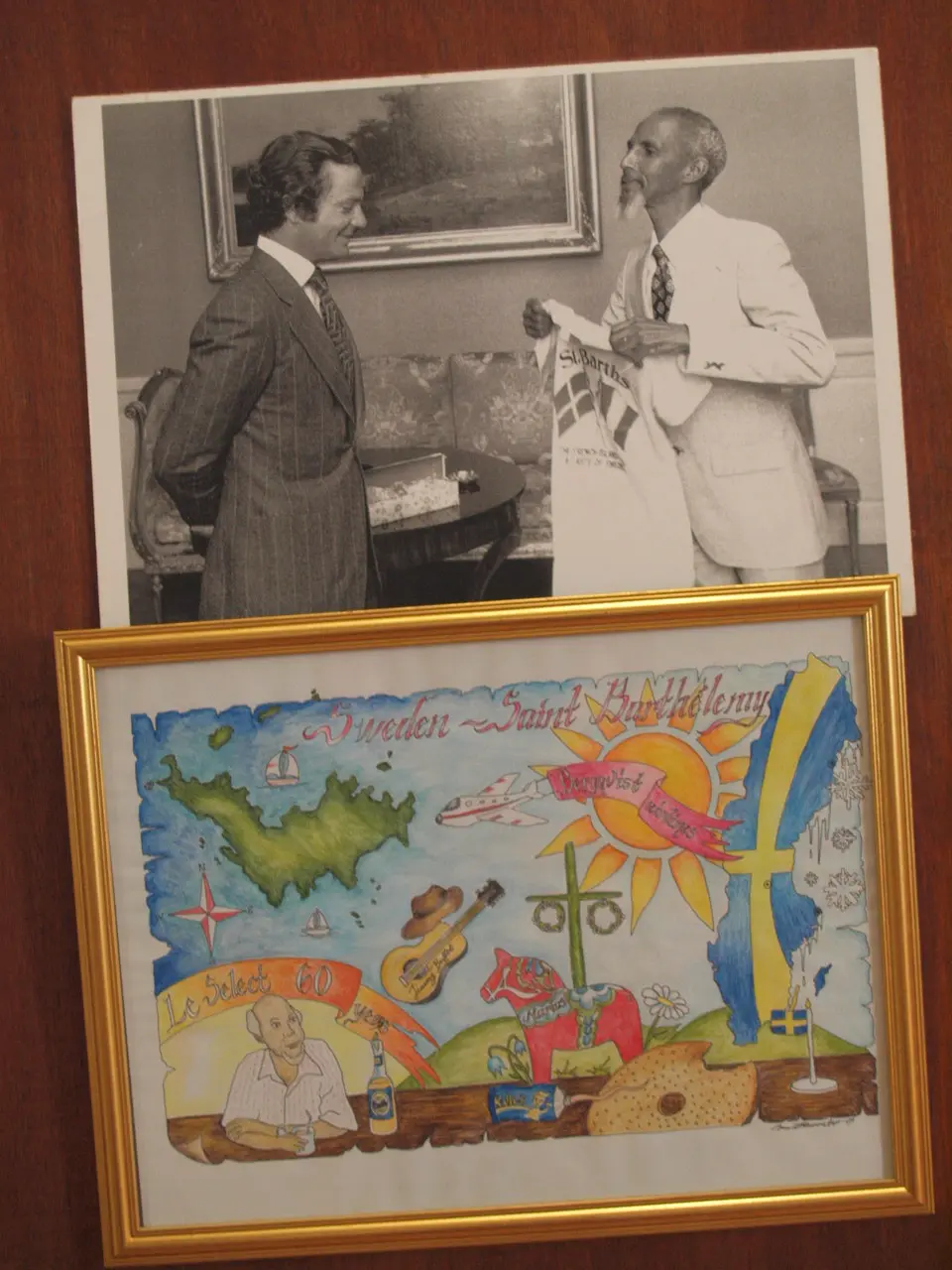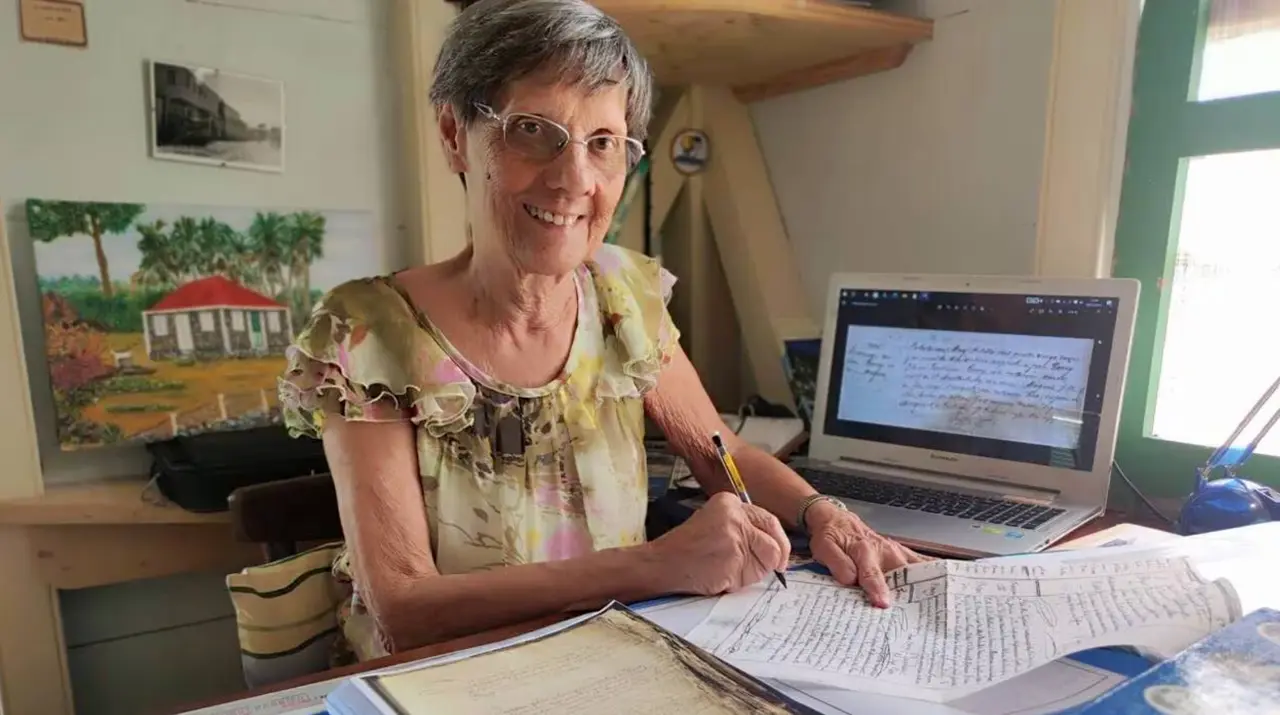Originally the island was called Ouanalao and this name is still visible on StBarth city arms. There are many stories about who discovered the island and gave it its name. One is that Christopher Columbus was on the neighboring island of St. Martin did see St. Barth from there and named the island after his brother Bartholomeo. Another says that it was Bartholomeo himself that baptized the island when he was governor of Santa Domingo and it is supposed to happened 1496. Fact is that you can find the name on a map from 1623.
The Spaniards, who in the 1600s was looking to colonize the Caribbean islands, was not interested in St. Barth because the island was too small. So the island was sold to the Knights of Malta in 1661 and it is believed that some hundred people lived on the island in 1664. In 1661 the French ‘Compagnie des Indes Occidentales’ took over the island but it was not successful or long-term for the French company dissolved 1674. French State then took care of St. Barth together with Guadeloupe.
On March 7, 1781 Sweden officially took over the island from the French who, in exchange, was granted free trade rights in Gothenburg. St Barth had few natural resources and the colony was disappointing at first. But pretty soon it was realized that the naturally protected harbor instead was a gift. The French called the bay ‘Le Carenage’ and around this bay the island capital of Gustavia was built. The town was named after the Swedish King Gustaf III, who negotiated the takeover of France. That same year, 1781, Gustavia was declared the town ‘Porto Franco’, a tax-free port for all ships of all nationalities. It proved to be a successful move, especially during the Revolutionary and Napoleonic wars when the neighboring islands ports closed for some nations.
Transit trade blossomed up properly, a golden age that lasted nearly 50 years. But when the war ended the neighboring islands harbors opened and they copied Gustavia successful concept of tax exemption. As if that wasn’t enough, the island was hit by hurricanes and fires, which eventually led to St. Barth became a burden rather than an asset to the Swedes. On March 16, 1878 St Barth was returned to France for a modest sum, but in the treaty was written that Gustavia would retain their tax-free status. The agreement played a crucial role when St. Barth July 1st, 2007 received the status of ‘Collectivite d’Outre Mer’. In the 1960s luxury tourism started on St Barth when the known financial families of Rockefeller and Rothschild discoverer the island’s beauty and climate. And that’s the way it is still today.

This is largely thanks to ASBAS (L’Association SAINT-BARTH des Amis de Suède), whose co-founder and honorary president was Marius Stakelborough and more recently Arlette Magras, who became the new president in 1996. Arlette has spent a lot of time researching the island’s history, not least when it comes to the Swedish era on the island. She has visited Sweden several times, where she has spent many hours researching sources in the Swedish archives. In 2016, she was named “Woman of the Year” on the island thanks to her ambitious work. Together with her brother, she has also renovated their parents’ plot of land which is close to the entrance to Gustavia and created a unique combination of historical museum and botanical garden under the name “Domaine Félicité”. In September 2024, Arlette Magras was awarded the French award “Médaille d’honneur de l’engagement ultramarine” for her long and solid work in mapping and documenting the island’s history, not least the Swedish one.
